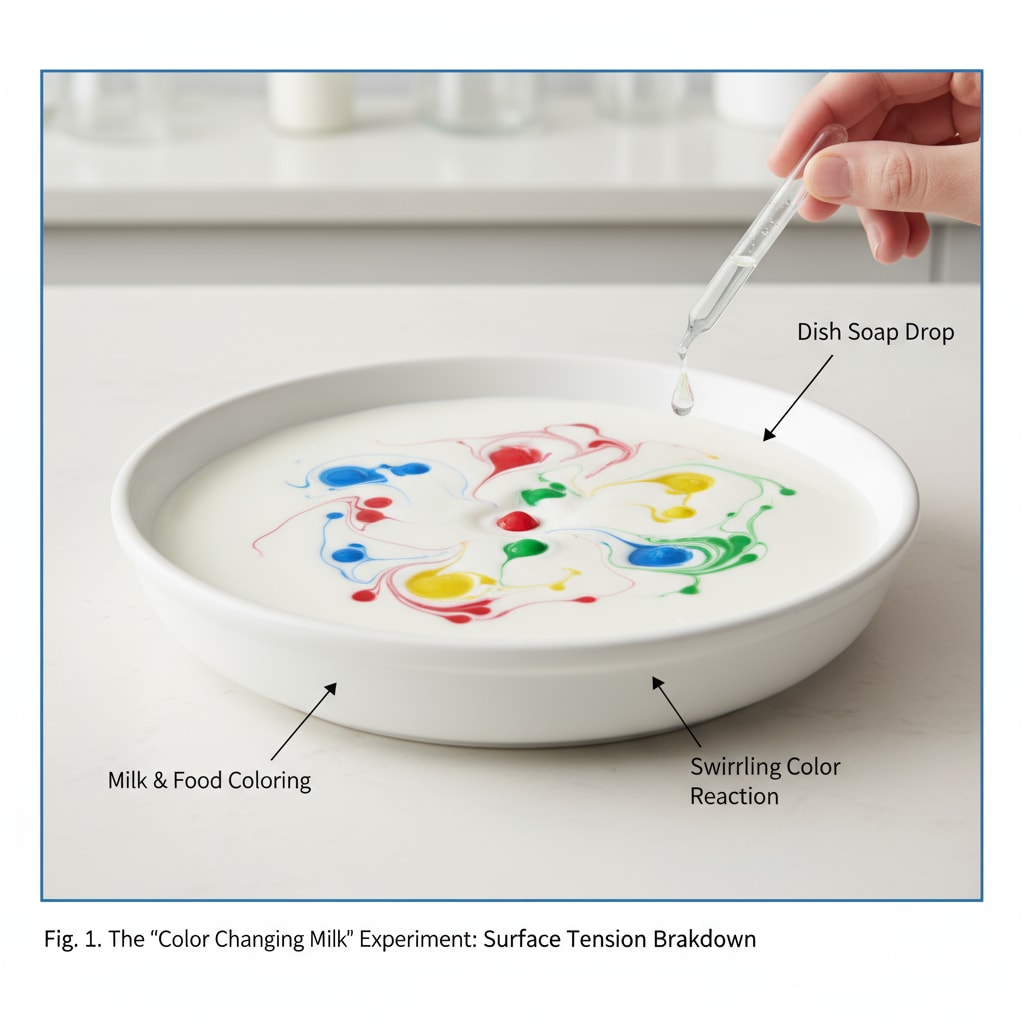Science experiments for primary school students are not only engaging but also crucial for their early exposure to scientific concepts, especially when it comes to school science exhibitions. These simple yet fascinating experiments can spark a child’s interest in science and set the foundation for a lifetime of learning. In this guide, we’ll explore four easy experiments using everyday items that are perfect for students in grades 1 – 4.
1. The Dancing Salt Experiment
The Dancing Salt Experiment is a great way to introduce the concept of sound waves to young students. All you need for this experiment are a bowl, some plastic wrap, and salt. First, stretch the plastic wrap tightly over the bowl. Then, sprinkle a thin layer of salt on top of the plastic wrap. Now, have the students make loud noises near the bowl, like clapping or shouting. They will observe the salt start to jump and dance on the plastic wrap. This happens because sound waves are vibrations in the air. When we make a sound, those vibrations travel through the air and hit the plastic wrap, causing it to vibrate. The salt, being on top of the plastic wrap, moves in response to these vibrations. Sound wave on Wikipedia

2. The Color Changing Milk Experiment
The Color Changing Milk Experiment is another exciting activity that can teach kids about surface tension and chemical reactions. For this experiment, you’ll need a shallow dish, whole milk, food coloring, and a cotton swab dipped in dish soap. Pour some milk into the shallow dish. Then, add a few drops of different food coloring to the milk. Now, take the cotton swab with dish soap and touch it to the food coloring drops. Watch as the colors start to swirl and move around in the milk. Milk contains fat and proteins. Dish soap breaks down the surface tension of the milk. When the soap touches the food coloring, it disrupts the surface tension, causing the colors to spread and mix. Surface tension on Britannica

These experiments not only make learning science fun but also prepare students for science exhibitions. By conducting these hands – on activities, students can gain a better understanding of scientific principles and be more confident in presenting their findings at school exhibitions.
Readability guidance: These experiments are presented in a simple and easy – to – understand manner. Each experiment has a clear description of the materials needed and the steps to follow. The explanations of the scientific concepts are kept straightforward, suitable for primary school students. The use of external links provides additional resources for further learning. Transition words like ‘first’, ‘then’, ‘now’ are used to make the steps in each experiment clear.


